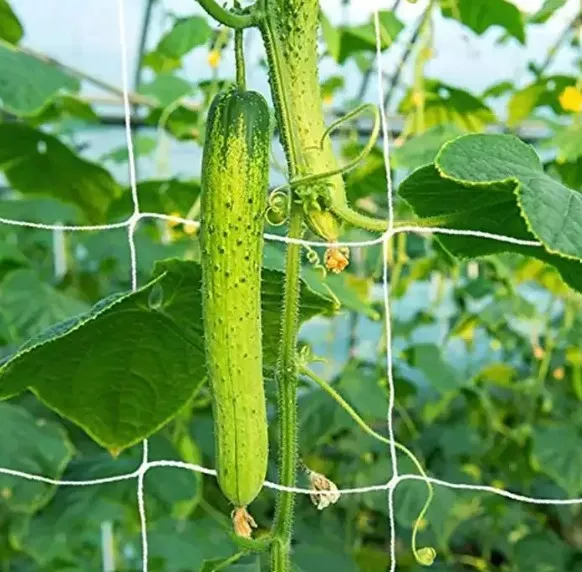-
 Afrikaans
Afrikaans -
 Albanian
Albanian -
 Amharic
Amharic -
 Arabic
Arabic -
 Armenian
Armenian -
 Azerbaijani
Azerbaijani -
 Basque
Basque -
 Belarusian
Belarusian -
 Bengali
Bengali -
 Bosnian
Bosnian -
 Bulgarian
Bulgarian -
 Catalan
Catalan -
 Cebuano
Cebuano -
 China
China -
 Corsican
Corsican -
 Croatian
Croatian -
 Czech
Czech -
 Danish
Danish -
 Dutch
Dutch -
 English
English -
 Esperanto
Esperanto -
 Estonian
Estonian -
 Finnish
Finnish -
 French
French -
 Frisian
Frisian -
 Galician
Galician -
 Georgian
Georgian -
 German
German -
 Greek
Greek -
 Gujarati
Gujarati -
 Haitian Creole
Haitian Creole -
 hausa
hausa -
 hawaiian
hawaiian -
 Hebrew
Hebrew -
 Hindi
Hindi -
 Miao
Miao -
 Hungarian
Hungarian -
 Icelandic
Icelandic -
 igbo
igbo -
 Indonesian
Indonesian -
 irish
irish -
 Italian
Italian -
 Japanese
Japanese -
 Javanese
Javanese -
 Kannada
Kannada -
 kazakh
kazakh -
 Khmer
Khmer -
 Rwandese
Rwandese -
 Korean
Korean -
 Kurdish
Kurdish -
 Kyrgyz
Kyrgyz -
 Lao
Lao -
 Latin
Latin -
 Latvian
Latvian -
 Lithuanian
Lithuanian -
 Luxembourgish
Luxembourgish -
 Macedonian
Macedonian -
 Malgashi
Malgashi -
 Malay
Malay -
 Malayalam
Malayalam -
 Maltese
Maltese -
 Maori
Maori -
 Marathi
Marathi -
 Mongolian
Mongolian -
 Myanmar
Myanmar -
 Nepali
Nepali -
 Norwegian
Norwegian -
 Norwegian
Norwegian -
 Occitan
Occitan -
 Pashto
Pashto -
 Persian
Persian -
 Polish
Polish -
 Portuguese
Portuguese -
 Punjabi
Punjabi -
 Romanian
Romanian -
 Russian
Russian -
 Samoan
Samoan -
 Scottish Gaelic
Scottish Gaelic -
 Serbian
Serbian -
 Sesotho
Sesotho -
 Shona
Shona -
 Sindhi
Sindhi -
 Sinhala
Sinhala -
 Slovak
Slovak -
 Slovenian
Slovenian -
 Somali
Somali -
 Spanish
Spanish -
 Sundanese
Sundanese -
 Swahili
Swahili -
 Swedish
Swedish -
 Tagalog
Tagalog -
 Tajik
Tajik -
 Tamil
Tamil -
 Tatar
Tatar -
 Telugu
Telugu -
 Thai
Thai -
 Turkish
Turkish -
 Turkmen
Turkmen -
 Ukrainian
Ukrainian -
 Urdu
Urdu -
 Uighur
Uighur -
 Uzbek
Uzbek -
 Vietnamese
Vietnamese -
 Welsh
Welsh -
 Bantu
Bantu -
 Yiddish
Yiddish -
 Yoruba
Yoruba -
 Zulu
Zulu
Exploring the World of Insects Through Innovative Net Technology
The Importance of Insect Nets in Sustainable Farming
In recent years, the agricultural sector has witnessed a growing concern regarding pest management and the need for sustainable farming practices. Among the various tools available to combat pests, insect nets have emerged as a crucial component in protecting crops while minimizing the reliance on chemical pesticides. This article explores the benefits of insect nets, their applications, and how they contribute to sustainable agricultural practices.
Insect nets, also known as insect exclusion nets or crop protection nets, are lightweight mesh fabrics designed to protect crops from harmful insects while allowing air, sunlight, and rain to reach the plants. These nets come in various sizes and mesh densities, allowing farmers to choose the appropriate type based on the specific pests and environmental conditions.
One of the primary advantages of using insect nets is their ability to reduce pest populations without the need for chemical pesticides. Traditional pest control methods often involve the use of synthetic chemicals, which can have detrimental effects on the environment, human health, and beneficial insect populations. By employing insect nets, farmers can create a physical barrier that prevents pests from accessing their crops, thereby significantly reducing the need for harmful chemicals. This not only protects the crops but also promotes a healthier ecosystem.
Furthermore, insect nets contribute to increased crop yields. By preventing infestations, farmers can ensure that their crops grow in optimal conditions. Healthy plants that are less susceptible to pest damage can lead to higher production rates, better quality produce, and ultimately increased profit margins. In regions where pest pressures are high, the use of insect nets can be the difference between a successful harvest and a failed one.
insect net

In addition to their effectiveness in pest control, insect nets provide other benefits that contribute to sustainable farming practices. For instance, they help in creating a microclimate around the plants. This can lead to better humidity levels, reduced temperature fluctuations, and protection against extreme weather conditions. Such an environment can enhance plant growth and resilience, especially in areas vulnerable to climate variability.
The versatility of insect nets also allows for their use in various agricultural systems. They can be applied in both small-scale gardens and large-scale commercial farms. Farmers can use them for specific crops that are particularly susceptible to pests, such as vegetables and fruits. Additionally, insect nets can be employed in organic farming, where the use of synthetic chemicals is prohibited. This further emphasizes their role in supporting environmentally friendly agricultural methods.
Despite their numerous advantages, the adoption of insect nets is not without challenges. Farmers must be educated on proper installation and maintenance to ensure the nets remain effective throughout the growing season. Moreover, the initial cost of purchasing insect nets can be a barrier, particularly for smallholder farmers. However, various organizations and governments are beginning to recognize the necessity of sustainable practices and provide resources and training to promote the use of insect nets.
In conclusion, insect nets represent a vital innovation in the quest for sustainable agricultural practices. By offering a solution for pest management that reduces reliance on chemicals, these nets not only protect crops and enhance yields but also contribute to a healthier ecosystem. As the agricultural community continues to grapple with the impacts of climate change and increasing pest pressures, the adoption of insect nets will undoubtedly play an essential role in shaping the future of farming. Through education and support, we can encourage more farmers to embrace this sustainable approach, ultimately leading to a more resilient and productive agricultural sector.
-
Shipping Plastic Bags for Every NeedNewsJul.24,2025
-
Safety Netting: Your Shield in ConstructionNewsJul.24,2025
-
Plastic Mesh Netting for Everyday UseNewsJul.24,2025
-
Nylon Netting for Every UseNewsJul.24,2025
-
Mesh Breeder Box for Fish TanksNewsJul.24,2025
-
Expanded Steel Mesh Offers Durable VersatilityNewsJul.24,2025











